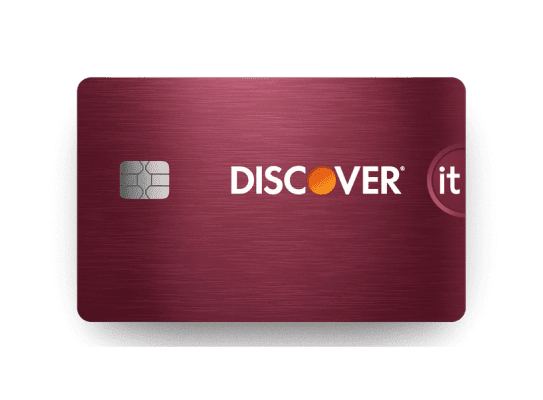Financial hardship can affect anyone, and it can be stressful when credit card debts begin to pile up. But there may be options to help you manage debt. Credit card issuers sometimes work with borrowers to find solutions for unpaid debt. And, though rare, you could have your credit card debt forgiven.
Are you wondering how to get credit card debt forgiven? Educating yourself is the first step in debt forgiveness or other debt relief.

What Is Credit Card Debt Forgiveness?
Next steps


See rates, rewards and other info
You may also be interested in
Was this article helpful?
Was this article helpful?
-
Build credit with responsible use(Secured): Discover reports your credit history to the three major credit bureaus so it can help build/rebuild your credit if used responsibly. Late payments, delinquencies or other derogatory activity with your credit card accounts and loans may adversely impact your ability to build/rebuild credit.
-
Legal Disclaimer: This site is for educational purposes and is not a substitute for professional advice. The material on this site is not intended to provide legal, investment, or financial advice and does not indicate the availability of any Discover product or service. It does not guarantee that Discover offers or endorses a product or service. For specific advice about your unique circumstances, you may wish to consult a qualified professional.


